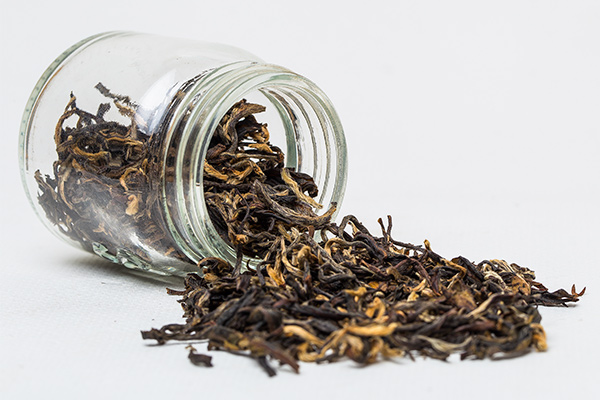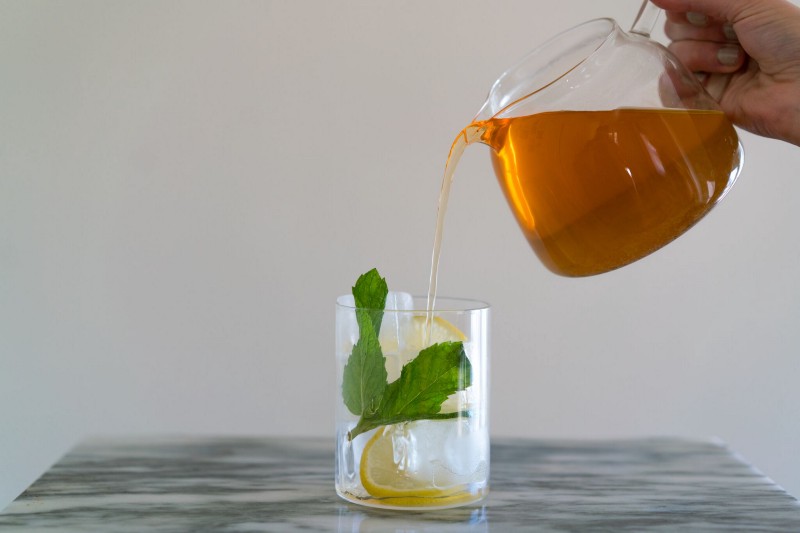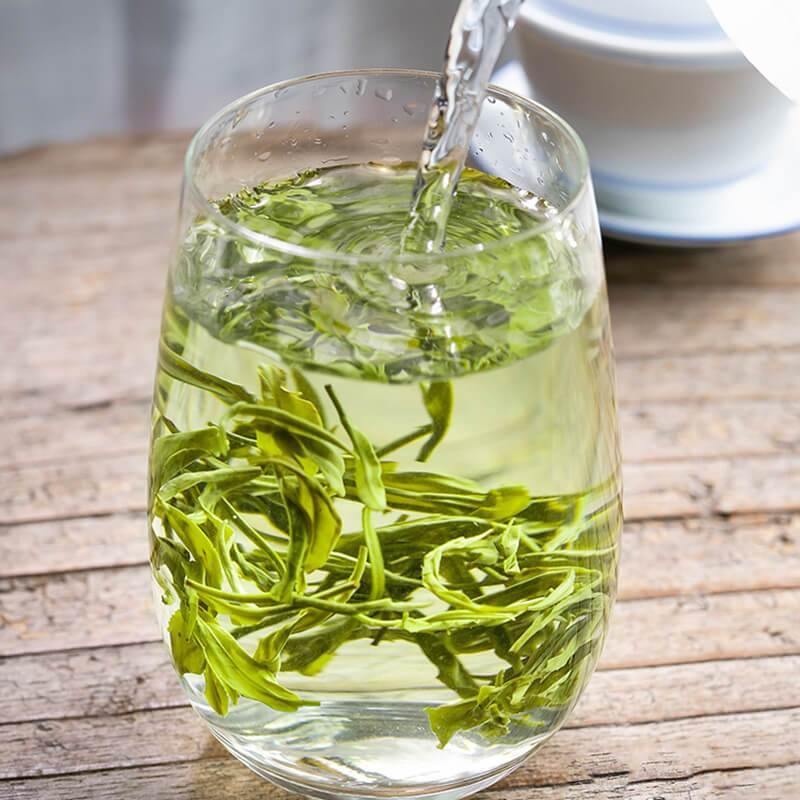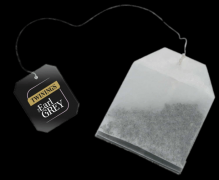How to brew black tea tea bag is the correct brewing water temperature time parameter simple tea brewing step
Drinking tea has many health benefits, from relieving stress to fighting cancer. But before you hold the steaming cup to your lips, do you know how long you should let your tea brew is the healthiest and tastiest?
Some people only soak their tea for a minute or so, while others have to wait longer. The right method depends on science, the type of tea and, of course, personal taste.
As we all know, there are many kinds of tea. Chinese tea is roughly divided into six families, not to mention how many confused branches there are under the six systems, but the most common four kinds of tea-black tea, green tea, oolong tea and white tea-all come from the same plant-Camellia sinensis. However, according to the "principle of matter", they are treated differently.
The leaves of black tea are spread out to dry and then rolled up to release moisture. The leaves spread out again and were exposed to oxygen. This oxidation process gives the tea a unique taste and turns the green leaves into copper. The leaves are then dried with hot air and classified by grade and size.

After the green tea leaves wither, they will be steamed or fried, which can prevent the fermentation and oxidation process and keep the leaves green. Then roll up the leaves, dry them and sort them.
Oolong tea has undergone a partial oxidation process, so it will not become as black as black tea, nor will it achieve the same flavor.
The same is true of white tea, because the oxidation process will soon stop. White tea is relatively rare; it comes from new plants because the leaves of the plants have not yet spread and the buds have not yet opened.
The science of making tea
Do you remember the infiltration and diffusion you learned in chemistry or physics in school? The process of soaking tea explains these two concepts.
Put a tea bag in the water and see what happens. According to the scientific explanation, water passes through the tea bag (osmosis), the tea dissolves through the water (diffusion), and the water turns brown. The water will also flow back into the tea bag, trying to make the concentration inside and outside the tea bag uniform.

So when you make tea, the compounds in the tea that give it taste and nutritional value seep into the water. But they don't seep out at the same time. Different compounds enter the water at different rates at different molecular weights, Mental Floss said.
The first chemicals that rush in are those that give the tea its smell and flavor, which is why you can smell it as soon as you start making it. Then there are antioxidants, including some light flavanols and polyphenols, as well as caffeine. The more tea leaves are soaked, the more flavanols and tannins are released.
The secret of time and temperature
Making an ideal cup of tea should consider not only the time, but also the temperature. Different teas have different brewing temperatures to get the best taste of the ingredients and the healthiest compounds.
The following is the tea brewing time and temperature for reference only, depending on the type of tea you make.
[black tea]
Whether you use a tea bag or bulk tea, soak the black tea for 3 to 5 minutes.
This is the only kind of tea that needs to be boiled. The temperature of the water should be between 200 and 212 degrees Fahrenheit, or 93 to 100 degrees Celsius.
For black teas with more sophisticated and subtle flavors, such as Darjeeling and Qimen, the water temperature should be between 180 and 190 degrees Fahrenheit, or 82 to 88 degrees Celsius.
[green tea]
Green tea does not take a long time to soak. Loose leaves are recommended between 2-4 minutes, while tea bags are recommended between 1-3 minutes. Some tea lovers suggest that you can get a good cup of green tea by soaking for 30 seconds or less. But remember, if you drink tea for your health, you must let your tea soak for longer. A study published in the journal Beverage Beverages found that the longer the tea was soaked, the more tea polyphenols were released.
Generally speaking, the water used to brew green tea should not be too high to avoid any bitterness.

[oolong Tea]
Most tea experts recommend that it takes 5 to 7 minutes for loose leaf oolong tea and 3 to 5 minutes for oolong tea bags.
The water used in oolong tea should be heated to slightly below the boiling point. You can also let the water boil, let it cool for a minute, and then pour it into your tea.
[White tea]
White tea can be soaked quickly, loose leaves only take 2-3 minutes, tea bags only take 30-60 seconds.
The water of white tea doesn't need to be too hot. Experts recommend only 160 degrees Fahrenheit, or 71 degrees Celsius. If you don't want to use a thermometer, once the bottom of the pot starts to form small bubbles, remove the water from the stove.
[herbal tea]
Unlike the above four teas, herbal tea is made from a mixture of flowers and plants, such as chamomile and ginger. Because the raw materials are different, the brewing time and the temperature of the water are also different. Start with the advice on the container and adjust until you find the one that best suits your taste.
Important Notice :
前街咖啡 FrontStreet Coffee has moved to new addredd:
FrontStreet Coffee Address: 315,Donghua East Road,GuangZhou
Tel:020 38364473
- Prev

7-11 convenience store DIY 10 yuan drink formula suitable for summer convenience store homemade drinks?
711 Hidden homemade drinks are so delicious! Convenience store homemade series have always been very popular, suitable for workers and student parties, do not hurry to clean up (mainly to the boss to reimburse for drinks). The price is so good, the taste is really that good? Today, Dading brings you 6 kinds of special features, convenience store home-made drinks test, start! These six special tunes are divided into three categories.
- Next

What is the difference between Earl Grey Tea's tea and black tea? how is Earl black tea made with a fragrance?
I believe that when you go to the place where the supermarket sells tea, it is not difficult to find that there are three or four brands of tea with the same name, Earl Grey, Earl Grey Tea, which is the most popular tea in the world. Earl Grey tea is not a kind of tea. It belongs to the category of seasoned tea. Seasoned tea, including any type of tea, white tea, green tea, oolong tea and black tea are all used.
Related
- The milk tea cup becomes smaller?! Overlord Tea Girl launches a new "Return to Yunnan" series
- Accused of selling counterfeit and high-priced coffee beans! Well-known boutique coffee brand "Oukelao" bowed and apologized!
- How to make espresso dumplings? Can I eat coffee and glutinous rice balls together?
- Save the unformed and stagnant powder cakes in one second! What is the problem with stagnant water in the powder bowl of the espresso machine?
- What does hand-brewed coffee stop mean? Why is it not recommended to make coffee by hand?
- Is it normal to smell like coffee? Why does coffee smell like alcohol? What's wrong with the strong smell of cold extract ice dripping ice brewed coffee?
- How to solve the problem that hand-brewed coffee extraction takes too long? Why is the water flowing so slowly when making coffee?
- The main points of making Australian white coffee, the proportion details, how does Australian white properly foam and blend the flowers?
- Can ice water make cold extract coffee? What is the difference between room temperature water and ice water for making cold coffee?
- What milk is best for making latte and white Dirty coffee? What is the difference between different brands of fresh milk and pure milk for making coffee?

